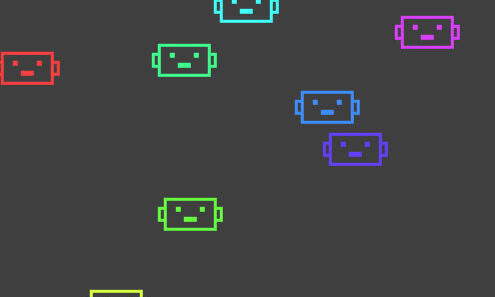About me
I’m an independent Creative Technologist & Game Designer living in Amsterdam, the Netherlands, with a solid mix of technical and artistic experience with a M.Sc. in Media Technology and a B.Sc. in Computer Science.Over the years, I have been able to work on a range of projects, including games, software, and tech installations, covering design, development, art, and management.Since childhood, I’ve taught myself digital art, which helps me shape and communicate the creative projects I take part in.
Game Design & development
My expertise lies in game design, whether it’s creating engaging board and card games or developing digital games. I also work on gamification projects to add a playful touch to various experiences, and am exploring the potential of XR and VR in my work.
Creative Technology
Since beginning my studies in computer science, especially since my Master’s degree, I have been exploring the potential of technology for innovative projects.I’ve had the chance to work on a variety of projects and gain experience with several languages and tools, including Python, Processing, C# / Unity, Arduino, JavaScript, Swift and more. This has built an affinity for understanding the use of technology and development tools for prototyping exciting ideas.
Workshops & Talks
I enjoy sharing my knowledge and approach to work through workshops and talks. I’ve had the opportunity to create, organise, and facilitate several workshops independently for companies and trainees. These workshops cover topics such as getting familiar with technology, an introduction to game design and prototyping, or even the benefits of iterative game design for serious purposes.
Interdisciplinary skills
Technology
Design
Hear it from people I've worked with
🙌🏾 Let's work together 🙌🏾
Looking to collaborate with a skilled creative technologist and game designer?
Let’s explore working together!
Let's Get In Touch
or
Send a message
Thank you
Your message has been successfully sent.
I will get back to you shortly.
Games & Gamification
Unity VR experience focused on recycling waste within the HvA
Hybrid escape game for Leadership Assessment
personal Game jam game prototype
Creative tech & dev
Career mapping tool for teacher-researchers of the HvA
Unity app connected to a digital quiz
Online pedagogic space & Moodle platform
AI-connected Music Composition web Interface
Perlin noise for pixel art procedural generation in python
Sound and light installation with processing and pure data
Interactive physical arduino installation
jurassic location data visualisation with python & folium
Workshops & Talks
Introductory workshop about game design and paper prototyping
Introductory workshop about rapid prototyping and design thinking
Strategy Deck-Building Game based inspired by Science
Geocaching Mobile Game
time travelling board game
Development and research project on the phenomenon of bilingualism

personal Game Jam 2D game prototype
Sonic painting software prototype
Personal reflection tool for future career of students
Interactive sound installation
Research
The Influence of Social Bonding in a Video Game Environment
A study on simulation effectiveness for training purposes




































